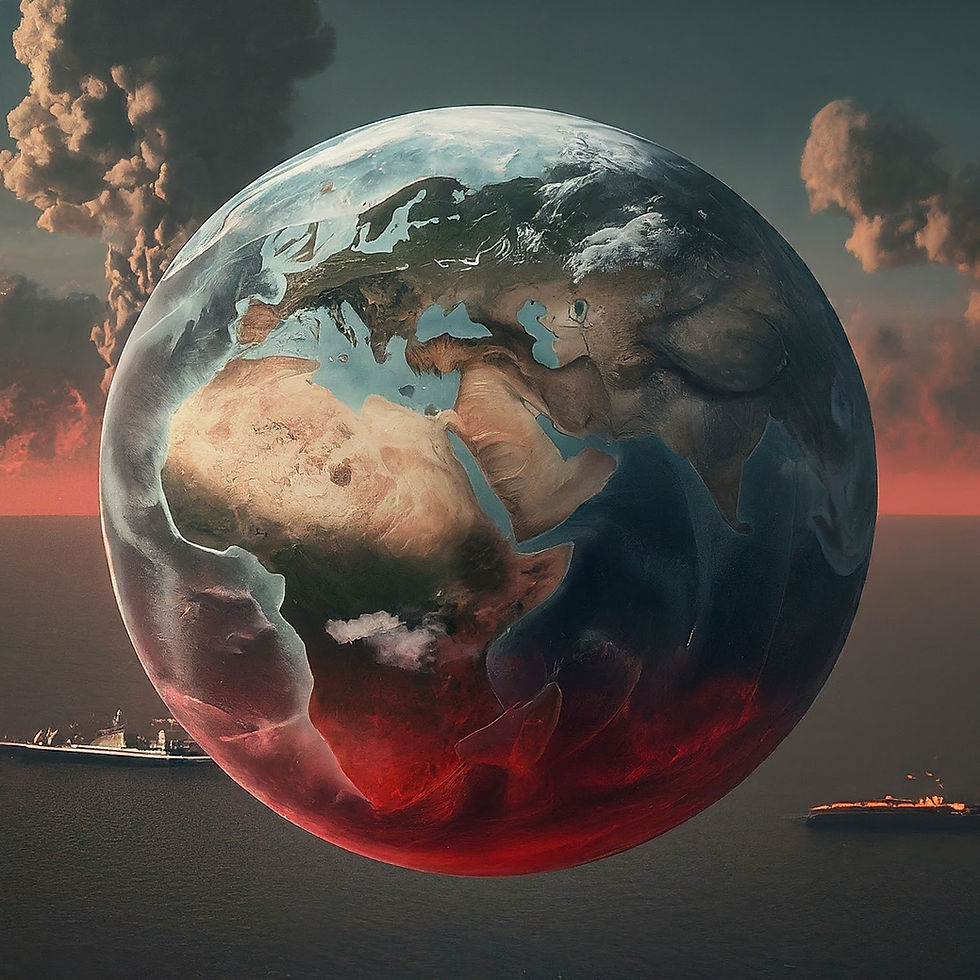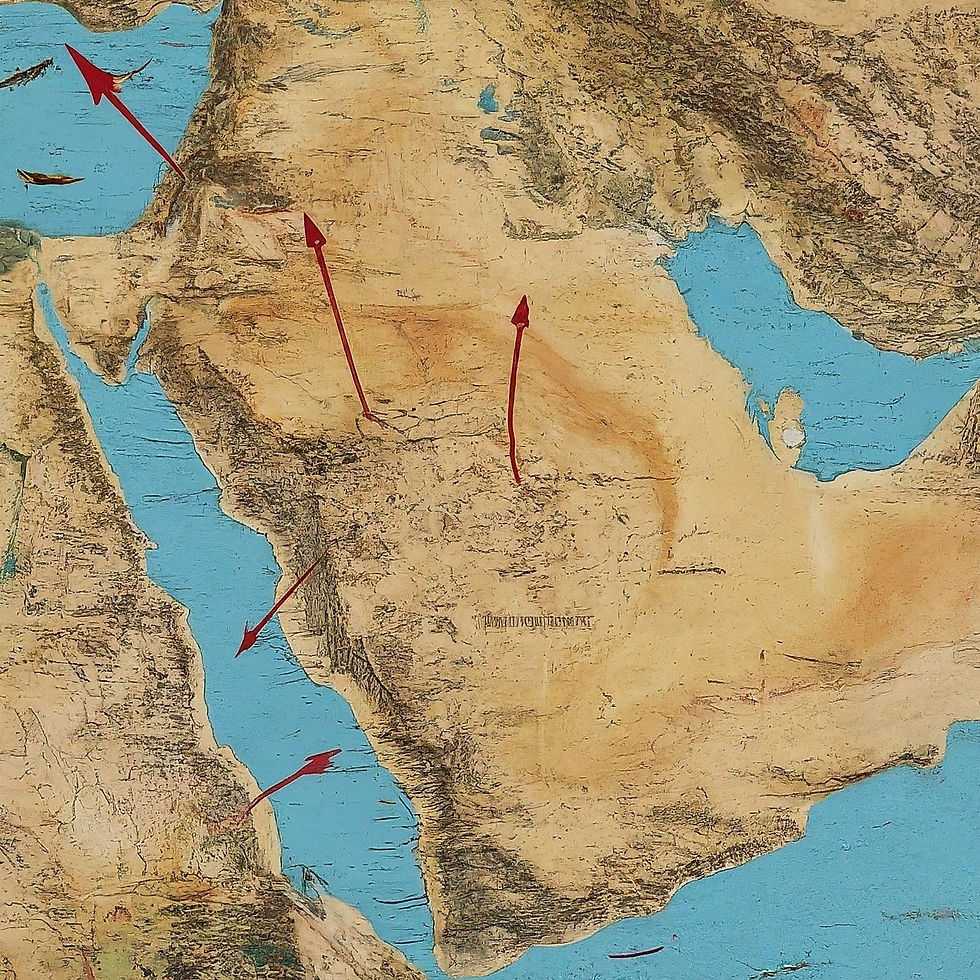Red Sea: A Maelstrom of Security Threats and Maritime Mayhem
- Vikhram S

- Feb 7, 2024
- 2 min read


Red Sea: A Simmering Cauldron of Security Concerns and Maritime Disruptions
The Red Sea, a vital trade artery connecting Asia, Africa, and Europe, has become a hotspot of security concerns and economic disruptions in recent months. Here's a breakdown of the key developments:
Heightened Tensions:
Houthi Rebel Attacks: Yemeni Houthi rebels have launched several attacks on commercial vessels in the Red Sea, using drones and ballistic missiles. These attacks, targeting Saudi and Emirati ships, have raised fears of wider regional conflict.
International Response: The United States, along with its allies including the UK and Saudi Arabia, have conducted airstrikes against Houthi targets in Yemen. The European Union is also considering deploying a naval mission to protect ships in the Red Sea.
Iran's Involvement: Iran, a supporter of the Houthis, has warned of "decisive responses" to any US attacks. This adds another layer of complexity to the already volatile situation.
Economic Impacts:
Shipping Disruptions: The attacks on commercial vessels have led to shipping companies rerouting their vessels or seeking alternative routes, impacting global trade flows.
Insurance Costs: Insurance premiums for ships transiting the Red Sea have skyrocketed, further adding to the economic burden.
Supply Chain Concerns: The disruptions in the Red Sea could exacerbate existing supply chain challenges, impacting the prices of goods and commodities.
Environmental Threats:
Oil Spills: The recent attacks have damaged several vessels, raising concerns about potential oil spills that could damage the Red Sea's fragile marine ecosystem.
Coral Reefs: Increased shipping and military activity pose a threat to the Red Sea's coral reefs, which are vital for tourism and marine biodiversity.
Looking Ahead:
The situation in the Red Sea remains complex and volatile. While international efforts to address the security concerns are ongoing, the underlying tensions between various stakeholders persist. The economic and environmental impacts of the conflict are also significant and require careful attention.
Here are some additional points to consider:
The role of regional powers like Egypt and Israel in mediating the conflict.
The long-term humanitarian crisis in Yemen and its potential to further destabilize the region.
The efforts to ensure sustainable development and environmental protection in the Red Sea.
By understanding these complexities, we can better inform ourselves about the challenges and opportunities in the Red Sea region.








Comments